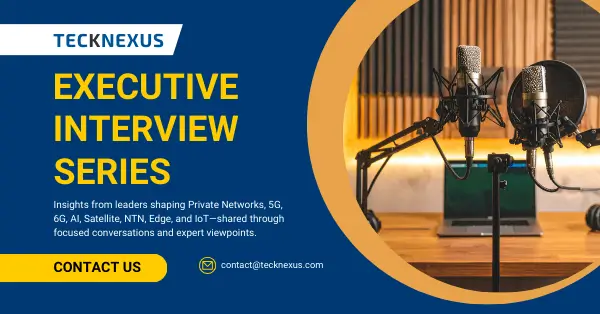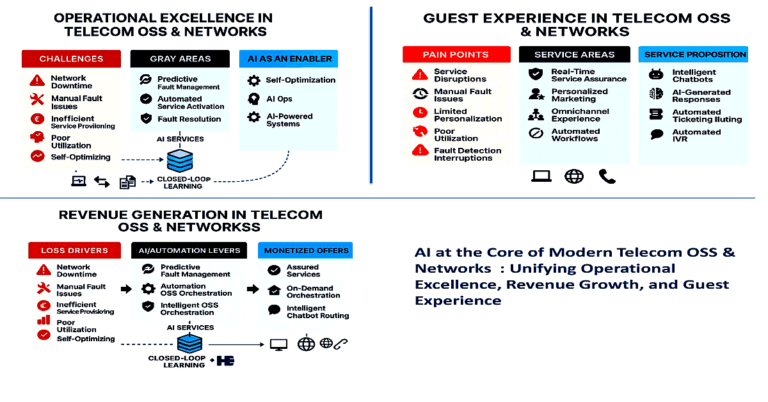- Tech News & Insight
- December 17, 2025
- Aiva Strelca
Latvian telco operator and mobile innovator LMT completes strategic pivot, transforming from telco operator to technology company – LMT Group. The transformation was kicked off at the launch of IoT Shortcut, the world's smallest mobile data module for sensor equipment and LMT Group's latest product. As explained by Ingmars Pukis,





























